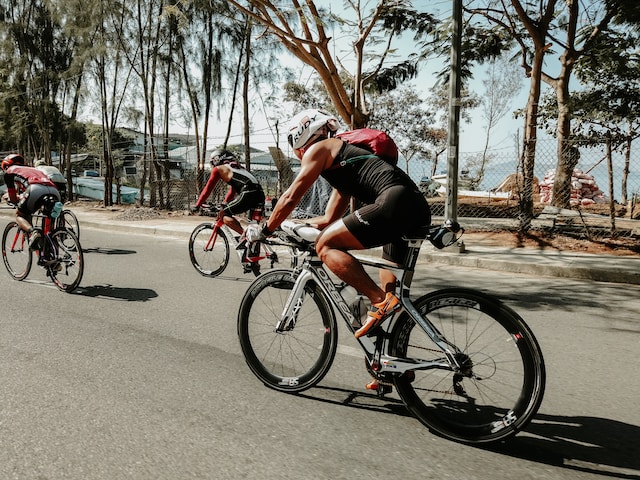
Photo by Andrew Valdivia on Unsplash
A while back I found an article that talked about a grade adjusted pace (GAP). GAP is meant for runners outside and on various surfaces, not indoors or a treadmill. A great article on it’s calculation as well as individualization may be found at Individualization matters: the gradient adjusted pace model of Kilian Jornet
It goes to say that Strava’s GAP wouldn’t be accurate for Kilian Jornet. Especially since Strava used large datasets of persons across the Strava platform and thus not specific to Kilian Jornet. Strava Improved GAP Model
Unfortunately, there are no truly accurate models for determining GAP indoors and on treadmills, see Treadmill Pace Conversions Again, it is hard to accurately predict given the individualization of runs and, more importantly, anything indoors. This goes without saying but should be noted that trying to determine GAP dynamically indoors is impossible, at least with tools that are readily available. (Although this does warrant further experimentation to determine if it at all possible, to be explored later.)
Is it possible to calculate GAP on a spin bike?!
Maybe. Keep in mind that pace is also known as speed. For a runner, this would be miles per min or for really fast runners such as sprinters miles per hour. For someone on a bike, pace would be mph.
With that mind, there are quite a few factors to take into account when trying to determine GAP on a spin bike. Particularly when it comes down to the physiology involved when translating the amount of work/power need to exert enough force to move the bike up a grade, in this case increased resistance of a spin flywheel.
We would have to make a lot of assumptions in order to come close to a GAP for a spin bike. We know it is possible to use a Garmin Speed and Cadence Sensor 2 to figure out the speed Schwinn Spin Bike w/ Garmin Speed and Cadence Sensor We are able to perform baseline tests outdoors on various grades which should give us heart rate, oxygen levels, cadence, and speeds.
We might be able to take a leap and assume that if a heart rate is 120 bpm while biking on a road at 6% grade going 15 mph with a cadence of 85 when outdoors that the % grade indoors would be the same if all other variables were the same, i.e. 120 bpm, 15 mph, and a cadence of 85. Of course this does not account for wind, rolling resistance, weather (sun, shade, humidity, etc.)
What would be the reason for figuring out GAP on a spin bike? How would you be able to use it if it could be determined?
If we could determine GAP on a spin bike then we might be able to train indoors on a spin bike and mimic an outdoor ride….without having to spend hundreds of dollars for Wahoo, Zwift, or other trainers.



